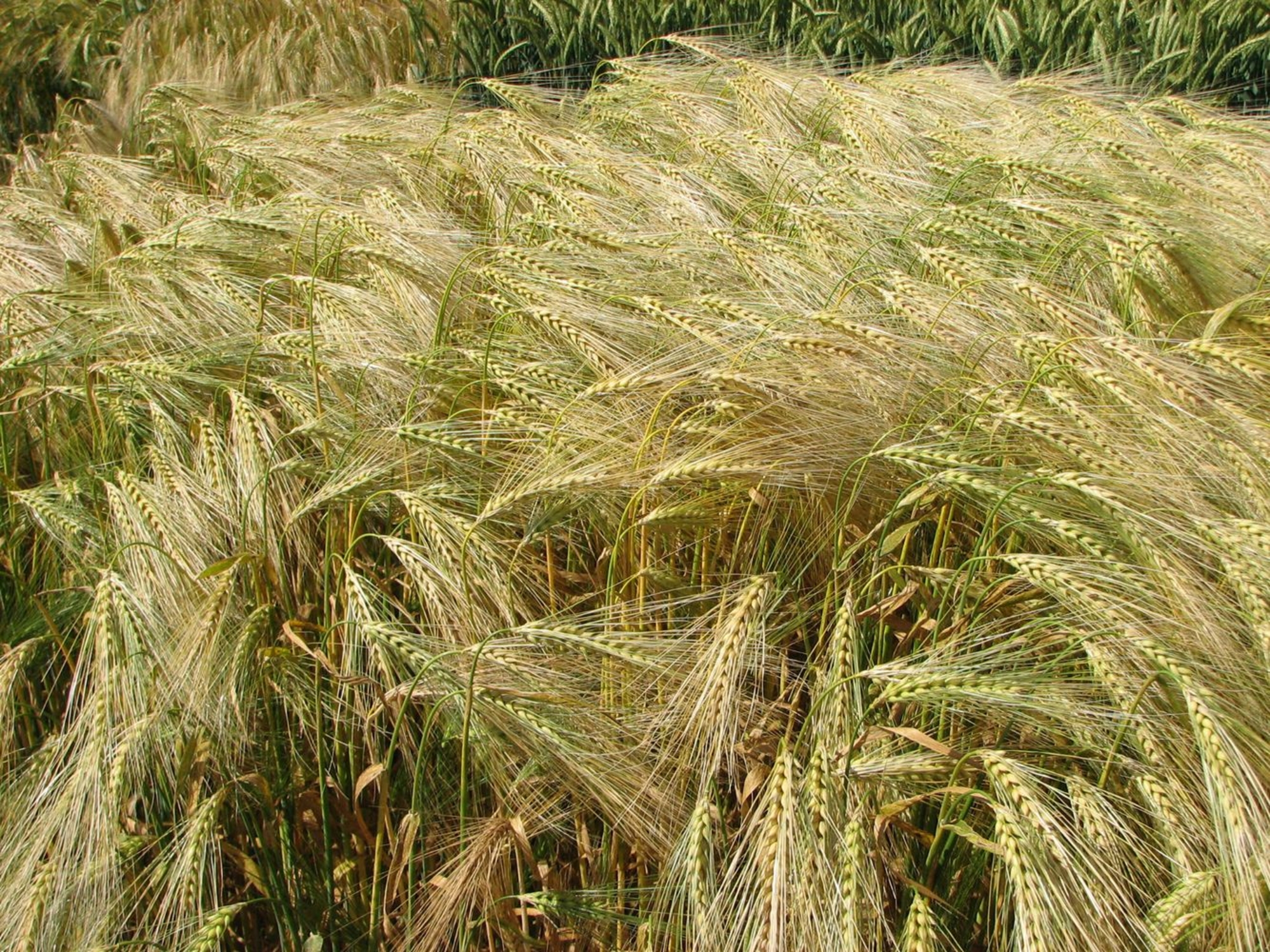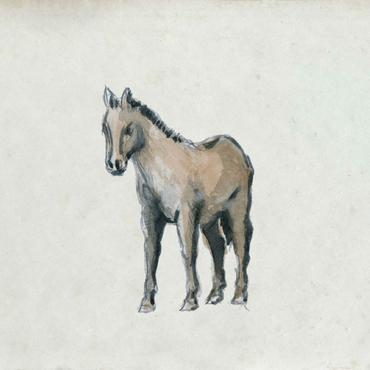
- Home
- Daily life
- Men and animals
- Butchering and eating horsemeat
After cattle, horses were one of the main sources of meat. Their contribution, about a quarter of the remains found on the site, stayed relatively stable throughout the site's occupation. These animals, like cattle, were much more than just a butcher's animal, as they obviously offered the potential for many other uses, notably transporting people and goods; there is evidence of this in the way the herd was managed, most butcher's animals being slaughtered at maturity and other, older animals being culled after a life of hard toil. Cutting marks confirm that their meat was eaten, but most of their long bones are intact, indicating that the marrow was not valued.
Other differences from cattle appear with the distribution of leftover food: there are no horse remains in the waste from high quality meals in the village; they are also never found among offerings buried with the dead. Horsemeat does not seem to have been valued very highly, which might explain the absence of any evidence that horsemeat was eaten at a number of important sites, settlements or sacred places in Gaul.





